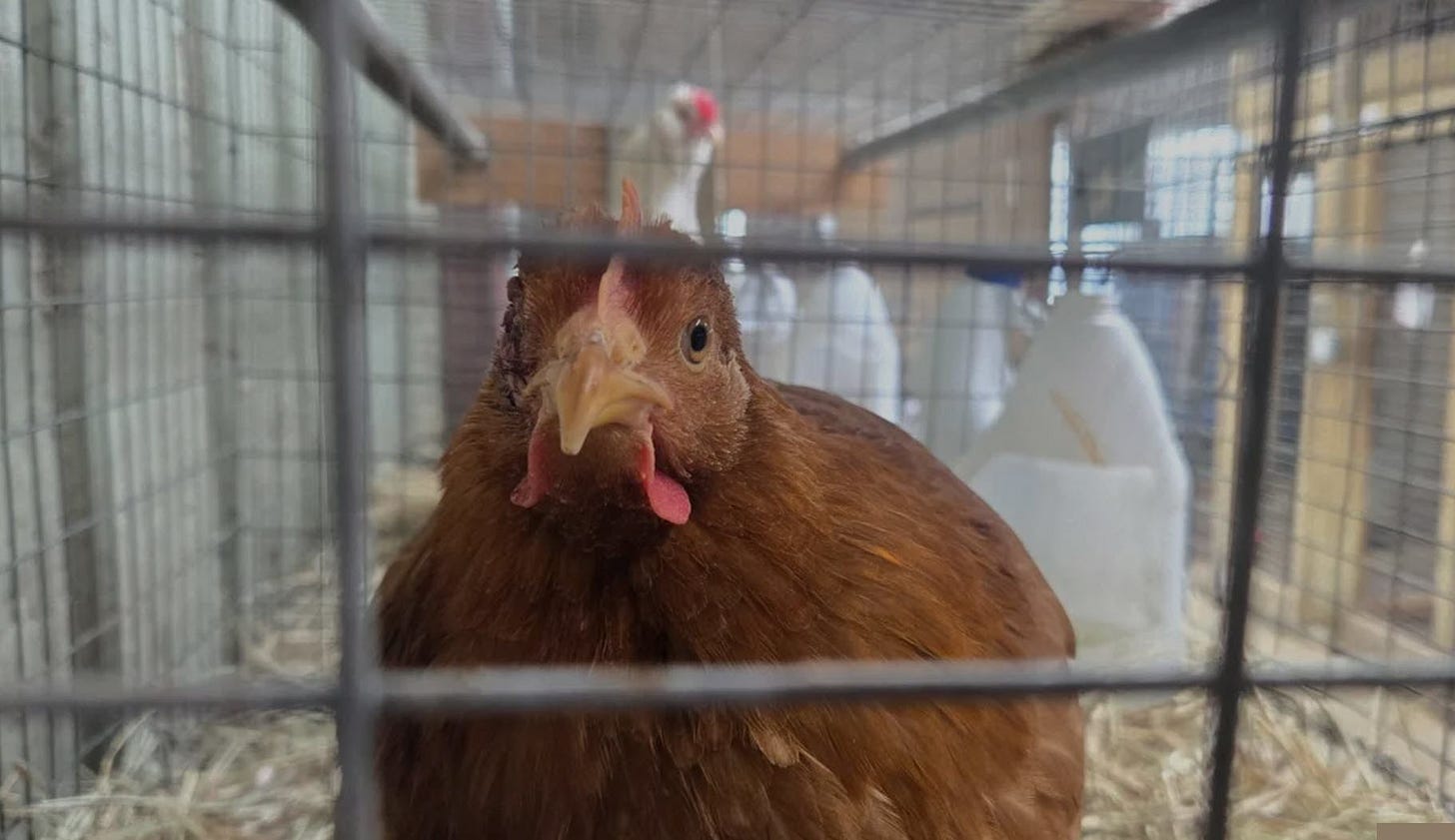The USDA’s Risky Push for Poultry Vaccination: Fueling a Potential H5N1 Pandemic
Why RFK Jr.’s Warnings About Mass Vaccinating Poultry Against Bird Flu Deserve Urgent Attention
The U.S. Department of Agriculture (USDA) is on the verge of a dangerous gamble: mass vaccinating poultry against the H5N1 avian influenza, despite mounting scientific and public concerns. As the highly pathogenic bird flu devastates flocks—killing over 175 million birds since 2022—the USDA’s exploration of vaccination as an alternative to culling is raising alarms. Robert F. Kennedy Jr., now Health and Human Services Secretary, has publicly opposed this move, warning that “leaky” vaccines could drive viral mutations and spark a human pandemic. This blog post dives into the risks of the USDA’s plan, amplifying RFK Jr.’s concerns and exposing the potential consequences for public health and the food supply.
The H5N1 Crisis: A Ticking Time Bomb
The H5N1 outbreak has wreaked havoc on U.S. poultry, wiping out entire flocks and driving egg prices to record highs. The USDA’s current strategy—culling infected and exposed birds—has cost taxpayers over $1 billion in compensation to farmers. Facing economic pressure from egg and turkey producers, the USDA is now exploring mass vaccination, with a conditional license granted to Zoetis for an H5N2 vaccine in February 2025 and a national plan expected by July. But this pivot ignores a critical risk: vaccines that don’t fully stop the virus could make the crisis worse.
“Leaky vaccines turn vaccinated animals into mutation factories, driving the evolution of more virulent strains.”
— RFK Jr., Health and Human Services Secretary
Leaky Vaccines: A Recipe for Viral Evolution
The USDA’s proposed vaccines, like the Zoetis H5N2 shot, are not sterilizing—they reduce symptoms but don’t prevent infection or transmission. This allows H5N1 to replicate in vaccinated birds, creating opportunities for mutations. A 2024 study by Li et al. found that poultry vaccination programs, like China’s H5N2 campaign from 2005–2010, accelerated H5N1’s evolution, producing strains with increased virulence. If the USDA moves forward, it risks creating a more dangerous virus that could jump to humans.
The mismatch between the vaccine (H5N2) and the circulating strain (H5N1 clade 2.3.4.4b) compounds the problem. An ineffective vaccine could mask infections, allowing the virus to spread undetected in flocks and potentially contaminate the food supply with vaccine residues, which require no labeling.
“Vaccination with a mismatched strain is like fighting a fire with gasoline—it could amplify the very threat we’re trying to contain.”
— Epidemiologist Nicolas Hulscher
RFK Jr.’s Warning: A Call for Caution
RFK Jr. has emerged as a vocal critic of the USDA’s plan, leveraging his platform to highlight the dangers of leaky vaccines. He argues that mass vaccination could turn poultry farms into breeding grounds for mutated H5N1 strains, increasing the risk of human transmission. With 70 human cases and one death in the U.S. as of March 2025, the stakes are high. RFK Jr.’s alternative—allowing H5N1 to spread to identify naturally immune birds for breeding—aims to build long-term resistance without relying on risky interventions.
While some criticize his approach as impractical, it aligns with a precautionary principle: avoid interventions that could escalate the crisis. His stance is backed by scientists who warn that unchecked vaccination could mirror past failures, like China’s, where viral evolution outpaced control measures.
The Human Pandemic Threat
The most chilling risk of the USDA’s plan is its potential to spark a human pandemic. H5N1’s ability to infect mammals, including humans, is already a red flag. Leaky vaccines could drive mutations that make the virus more transmissible between humans, a scenario that keeps epidemiologists up at night. The CDC notes that H5N1’s human risk remains low, but a single mutation could change that overnight. By prioritizing short-term economic gains over long-term safety, the USDA is playing with fire.
“We’re one mutation away from a catastrophe, and mass vaccination could be the catalyst.”
— Anonymous virologist, speaking on condition of anonymity
Economic and Trade Pitfalls
Beyond health risks, the USDA’s plan threatens the poultry industry’s economic stability. Many countries ban imports from nations using poultry vaccines, fearing undetected infections in vaccinated birds. Chicken meat producers, who rely on exports, oppose the plan, warning it could cripple a key market. The USDA’s $100 million investment in vaccine research and mass administration methods (like water-based delivery) may yield little if trade partners reject U.S. poultry, leaving farmers in a worse position than before.
Public Distrust and the USDA’s Track Record
Public skepticism reflects deep distrust in the USDA’s motives. People have echoed RFK Jr.’s warnings, accusing the USDA of prioritizing corporate interests over public health. Conspiracy narratives, while exaggerated, highlight real concerns about transparency. The USDA’s failure to address vaccine residue labeling or mutation risks fuels perceptions of a “bio-pharmaceutical complex” pushing untested solutions.
A Path Forward: Heeding RFK Jr.’s Call
The USDA must pause its vaccination plan and prioritize biosecurity, surveillance, and research into sterilizing vaccines that fully block H5N1. RFK Jr.’s push for natural immunity, while controversial, deserves exploration as a low-risk alternative to mass vaccination. Pilot programs to study survivor birds could yield insights without endangering public health. Above all, the USDA must listen to scientists and the public, avoiding a rushed rollout that could backfire catastrophically.
“The USDA’s rush to vaccinate ignores the science and the stakes. We can’t afford to get this wrong.”
— RFK Jr., urging a rethink of poultry policy
Conclusion: Act Now to Avert Disaster
The USDA’s push for mass poultry vaccination against H5N1 is a high-stakes gamble that could unleash a more dangerous virus and threaten global health. RFK Jr.’s warnings, grounded in scientific evidence, highlight the risks of leaky vaccines and the need for caution. As the USDA finalizes its plan, the public must demand transparency, rigorous testing, and alternatives that prioritize safety over profit. The cost of ignoring these concerns could be a pandemic we’re not prepared to face.





